HOT PCCP Perspective
A method which allows the detection of transient association and disocciation during protein reactions in real time has recently been developed. It is based on time-dependent diffusion coefficient measurements.
Masahide Terazima reviews this exciting new area and discusses its advantages compared to other techniques.
Read the PCCP Perspective:
Time-dependent intermolecular interaction during protein reactions
Masahide Terazima
Phys. Chem. Chem. Phys., 2011
DOI: 10.1039/C1CP21868A


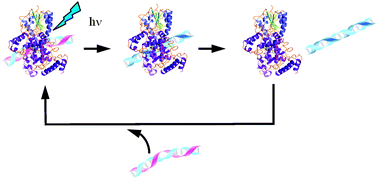









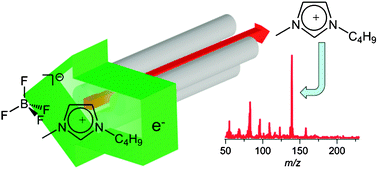 Ionic liquids (ILs) do not have a detectable vapour pressure at room temperature. But scientists at the University of Nottingham have managed to measure the enthalpy of vaporisation of a series of imidazolium-based ILs with the help of mass spectrometry.
Ionic liquids (ILs) do not have a detectable vapour pressure at room temperature. But scientists at the University of Nottingham have managed to measure the enthalpy of vaporisation of a series of imidazolium-based ILs with the help of mass spectrometry.
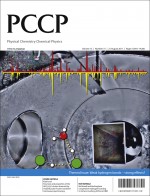

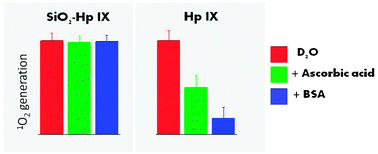
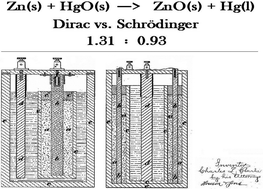 Read more:
Read more: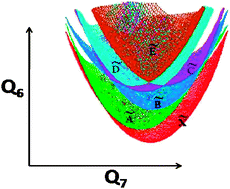 Read these exciting astophysics papers today:
Read these exciting astophysics papers today: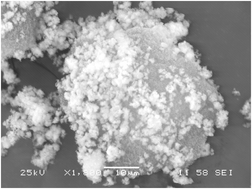 ‘HOT’ PCCP Communication
‘HOT’ PCCP Communication